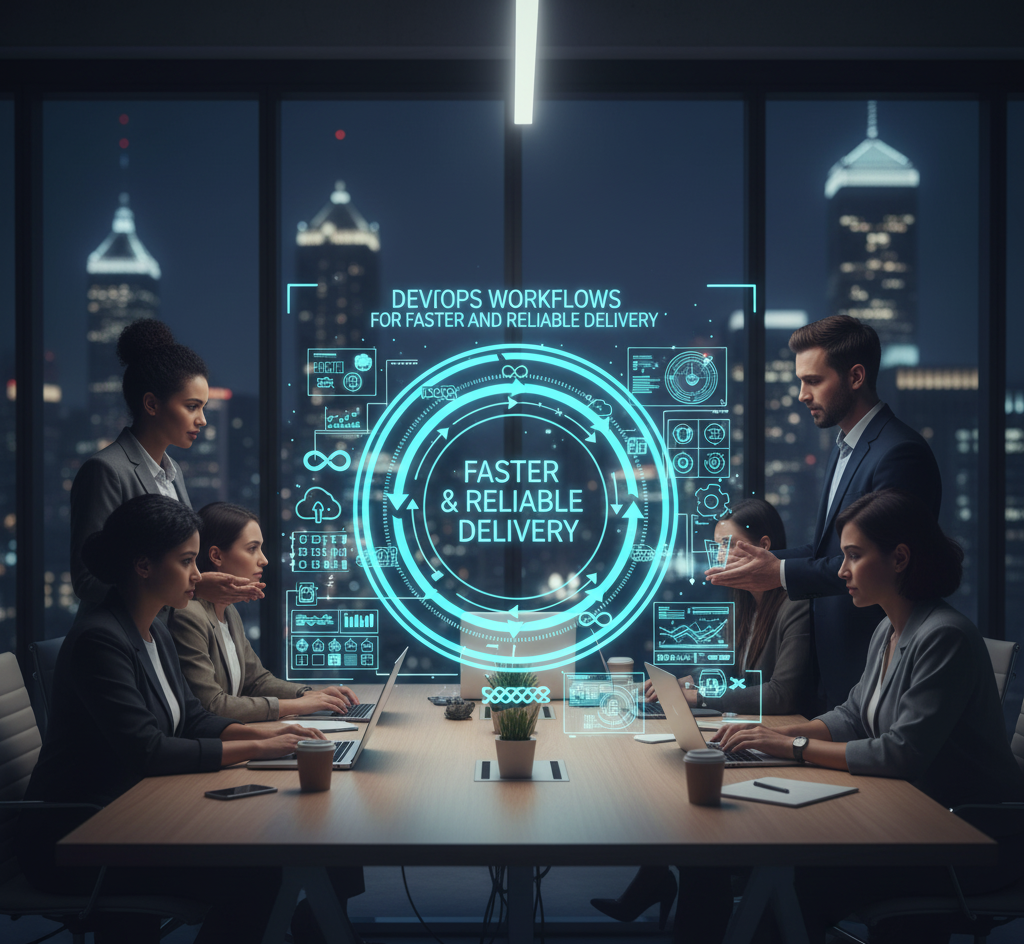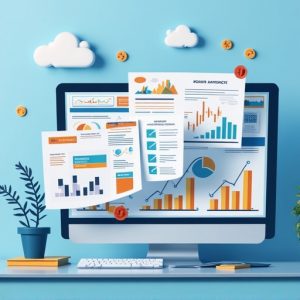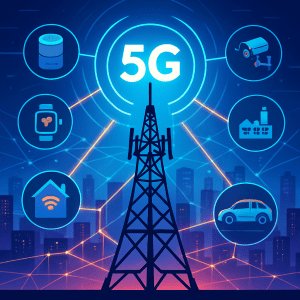Introduction
As the climate crisis accelerates and the world races toward net-zero emissions, green energy innovations are at the heart of our hopes for a cleaner, more sustainable future. From breakthroughs in solar and wind power to revolutionary energy storage and green hydrogen, 2025 is witnessing extraordinary advances that promise to save the planet and transform industries, economies, and everyday lives.
What Makes Green Energy So Important?
-
Reduces Greenhouse Gas Emissions: Renewable sources like solar and wind emit little to no CO₂, critical for slowing climate change.
-
Improves Air Quality: Shift to green energy lowers smog and airborne toxins, benefiting public health especially in cities.
-
Drives Down Costs: As renewables become cheaper, they make electricity more affordable everywhere.
-
Creates Jobs: Millions of new roles in technology, manufacturing, and installation are powered by the green shift.
-
Boosts Energy Security: Reduces dependence on imported fossil fuels, strengthening national resilience.
Top Green Energy Innovations in 2025
1. Perovskite & Tandem Solar Cells
-
Perovskite cells are revolutionizing solar power with rapid efficiency gains—now topping 25%, rivaling and even surpassing traditional silicon panels.
-
Tandem cells combine perovskite and silicon, pushing efficiencies above 30%.
-
Bifacial panels capture sunlight from both sides for higher output, while thin-film and transparent solar panels can power windows, vehicles, or entire buildings.
2. Green Hydrogen
-
Produced by splitting water with renewable electricity, green hydrogen is emerging as an emission-free fuel for heavy industry, shipping, steel production, and long-haul transport.
-
Major increases in investment and tech breakthroughs in hydrogen storage and distribution make this a key player in decarbonizing sectors that electricity can’t reach.
3. Next-Gen Energy Storage (Solid-State & Iron-Air Batteries)
-
Solid-state batteries offer higher density, faster charging, and better safety than classic lithium-ion, supporting grid stability and powering cleaner vehicles.
-
Iron-air and lithium-glass batteries provide long-duration storage at lower costs, ensuring renewables can deliver 24/7—even when sun or wind is intermittent.
4. AI-Powered Smart Grids
-
Smart grids use AI and IoT to dynamically balance supply and demand in real time—optimizing energy distribution, reducing blackouts, and integrating high shares of renewables.
-
Automated maintenance and energy forecasting power a more stable, efficient, and resilient green grid.
5. Floating & Offshore Wind Farms
-
Floating wind turbines open up deep-sea areas with persistent winds.
-
Advances in turbine size, design, and modularity allow installations in new places, slashing both cost and environmental footprint.
6. Floating Solar Farms
-
Installing solar panels on lakes and reservoirs saves land, keeps panels cool (boosting output), and protects water from evaporation—a win-win for crowded regions and climate resilience.
7. Tidal & Wave Energy
-
Ocean energy taps the immense power of tides and waves using underwater turbines and oscillating columns—offering constant, predictable clean generation.
8. Carbon Capture & Storage (CCS)
-
Breakthrough filters and membrane technologies now capture CO₂ at source—factories, power plants—and lock it underground or reuse it, tackling emissions that can’t be eliminated immediately.
9. Modular Residential Wind and Solar
-
Smaller vertical wind turbines, “solar canopies,” and solar windows integrate renewable generation into homes, cities, and even moving vehicles.
10. Green Transportation Solutions
-
Solar-powered trains, rechargeable tires, and green hydrogen fuel cell vehicles are being piloted around the world, drastically cutting transport emissions.
How Regions Are Leading in 2025
| Region | Key Progress in 2025 |
|---|---|
| China | Wind and solar surpass coal in installed capacity. |
| India | Clean electricity up 26% over 2024. |
| USA | Renewables now generate more power than coal. |
| Australia | Rooftop solar surged, powering 16% of national demand. |
| Europe | Investment in offshore wind, but challenged by low wind in some quarters. |
Real-World Benefits
-
Cheaper electricity bills in regions expanding green energy.
-
Job creation: Manufacturing, installing, and maintaining renewables is booming.
-
Healthier cities: Clear drops in smog and pollutants.
-
Decentralized grids: Community-powered microgrids drive energy independence and resilience.
Frequently Asked Questions (FAQ)
Q1: What are the most promising green energy innovations for the near future?
A: Perovskite solar cells, green hydrogen, next-gen batteries, floating/offshore wind, and AI-powered grids lead the field.
Q2: Is green hydrogen really sustainable?
A: Yes, when produced with renewables, green hydrogen offers emissions-free fuel for uses where electricity can’t practically replace fossil fuels.
Q3: Can renewable energy supply power 24/7?
A: With advancements in storage (solid-state, iron-air) and integration of AI-enabled smart grids, 24/7 green power is now increasingly reliable and affordable.
Q4: How affordable is it to adopt green energy at home?
A: Costs continue to fall for solar panels, home wind, and batteries thanks to rapid innovation and scaling.
Q5: Which countries are leading in renewable adoption in 2025?
A: China, India, USA, and Australia are making groundbreaking strides, with Europe investing heavily in offshore wind and smart grid upgrades.
Conclusion
The planet is at a turning point, and thanks to green energy innovations, a cleaner, healthier, and more prosperous future is within reach. From revolutionary solar cells to smart and resilient grids, and breakthrough storage systems, humanity’s ingenuity is powering the transition toward sustainability. These advances aren’t just technical marvels—they are tools of hope, resilience, and opportunity that put climate action in everyone’s hands.











